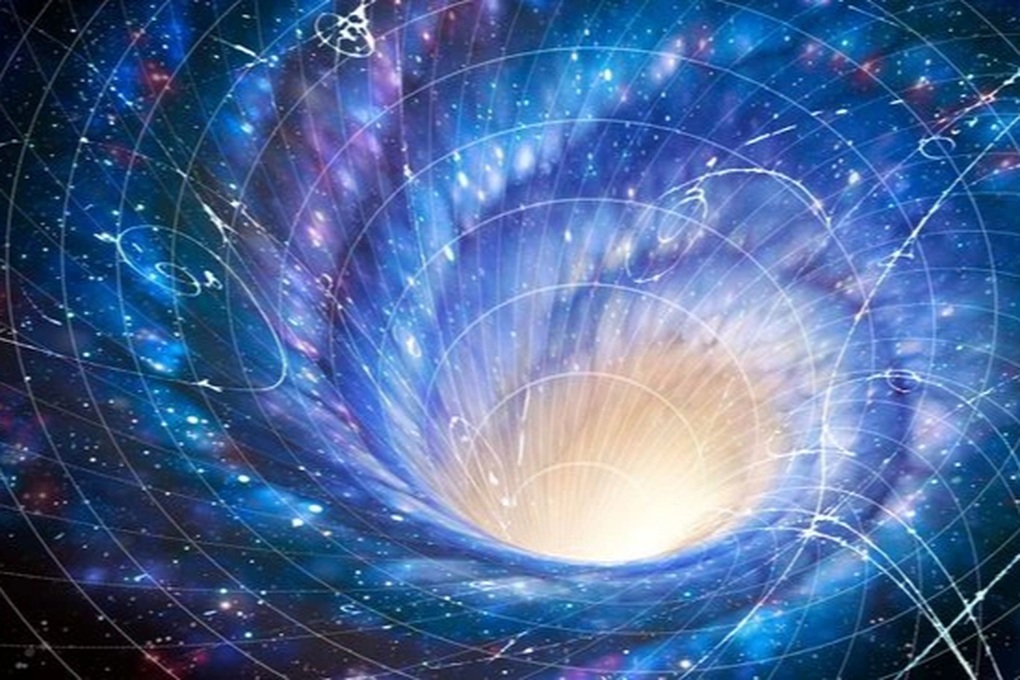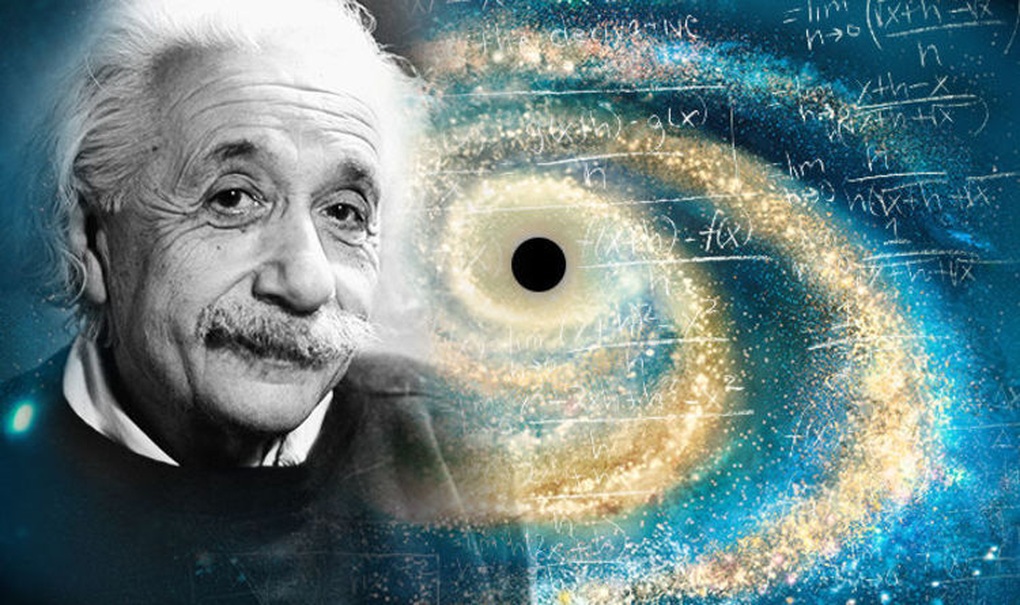The mysterious value of the constant

Illustration of how a galaxy's gravity curves space-time according to Einstein's theory of general relativity (Image: Science Library).
Looking at the night sky, we often wonder why the universe exists the way it does: from life, stars, planets to even humans. However, few people know that everything in the universe is controlled by a special group of numbers, called the fundamental constants of nature.
These numbers are not human inventions, but fixed values that describe the way forces and matter in the universe interact with each other.
For example, the speed of light in a vacuum is always about 299,792,458 m/s, the gravitational constant G is 6.674x10⁻¹¹ m³/kg/s², or the mass of an electron is 9.1 x 10⁻³¹ kg…
These are numbers that, if changed even slightly, could result in a completely different universe, or even the existence of life. The big question is: Why do these numbers have the values they do? Where do they come from? Are they random?
Thanks to physics, we can construct very precise equations and models to describe the world - from the fall of a stone to the expansion of the entire universe. However, each equation needs to be "fed" with some input values, i.e. constants.
They are like the “beams” that hold up the building of modern physics. But strangely, no current theory can explain where they come from. Scientists can only measure their experimental values and fit them into models.
Imagine you are simulating the motion of a ball. You can use Newton's laws to describe the force, but you need to know "how strong is the gravitational force". That doesn't come from the model, it has to be measured in reality.
Similarly, constants such as the strength of the electromagnetic force, Planck's constant, or the ratio of elementary particles are all "given" parameters that cannot be calculated from current underlying theory.
Are constants really "invariant"?

Einstein was the one who proposed the general theory of relativity, which includes the concept of the gravitational constant G - an indispensable quantity to describe the degree of "curvature" of space-time (Photo: Getty).
The issue becomes more intriguing when physicists ask: are these numbers really "constant", that is, never changing?
If any of them change, even slightly, over time, space, or physical circumstances, then it means they are not truly fundamental, but merely manifestations of a deeper theory that humans have yet to discover .
To test this, scientists have designed a series of extremely precise experiments, both on Earth and in space. In the laboratory, they use atomic clocks. These are extremely sophisticated devices that can detect the smallest changes in the vibrations of atoms, and can track the changes over time of constants such as the fine structure constant (FSC).
To date, measurement accuracy has reached the level of detecting a change of 1 part per billion per year, but no significant change has been recorded.
On the astronomy side, researchers observed light from quasars - extremely bright celestial objects billions of light years away from Earth. Along with that, they analyzed the cosmic microwave background (CMB). They are the remnants of light from the time the universe was first formed.
The idea is that if the constants had changed in the distant past, then the light from distant celestial objects would be affected and appear different. Yet observations have shown the strange stability of these constants.
It is worth noting that we cannot be 100% certain that they are constant. Even if no change has been detected, there is always a degree of uncertainty in any measurement, and so there is always the possibility that the constants are changing but at a rate too small to be detected.
The universe still has many mysteries
The fundamental constants are not just dry numbers, they are the foundation that shapes the entire existence of the universe. They determine how forces interact, how atoms form, how stars burn, and how life develops.
If those numbers were off by just a fraction, the universe would likely be as empty, chaotic, or completely lifeless as we know it.
Yet science still has no answer for why they are the way they are. Are the constants the result of chance? Or are they the manifestation of a deeper cosmological theory, beyond our current understanding?
We may not have the answers yet, but continuing to ask questions and learn about them may lead humanity to a major turning point in modern physics — in the same way that relativity and quantum mechanics shook up 20th-century science.
Source: https://dantri.com.vn/khoa-hoc/thu-gi-am-tham-chi-phoi-ca-vu-tru-20250525082833517.htm


































































































Comment (0)